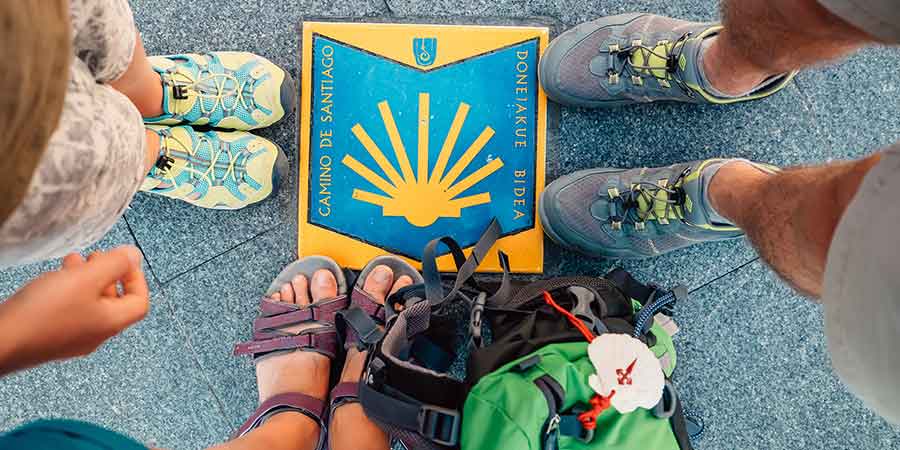Walking the Camino de Santiago is a journey like no other. It’s spiritual, cultural, and deeply personal. The Camino de Santiago stages make this long pilgrimage manageable, turning it into a series of rewarding daily experiences. These stages offer variety, each one filled with beautiful landscapes, charming villages, and meaningful encounters. Whether you are walking for reflection, adventure, or tradition, understanding the stages helps you prepare for the journey.
In this guide, we’ll explore how the Camino is broken down. We’ll look at the most popular routes and what to expect from each stage.
What Are the Camino de Santiago Stages?
The Camino de Santiago stages are daily walking sections of the pilgrimage. These stages vary in length and difficulty. Most are between 20 to 25 kilometres (12 to 16 miles) per day, a comfortable range for most walkers. Breaking the route into stages helps with planning accommodation, meals, and rest days. It also gives structure to your journey, marking progress and providing natural points for reflection.
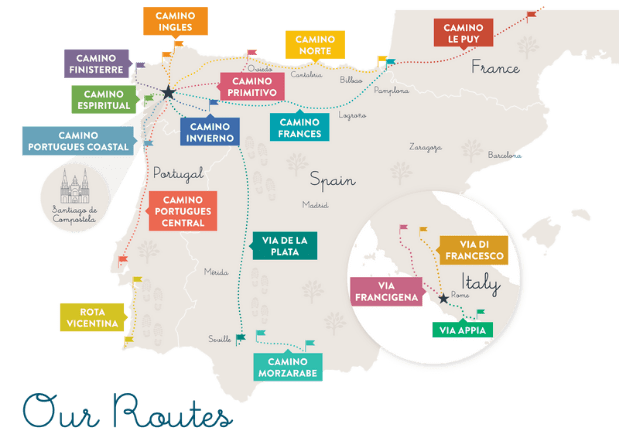
Popular Camino Routes and Their Stages
There are many different Camino routes, each offering its own stages. Here are the most popular Camino routes and how they break down.
Camino Francés (The French Way)
The Camino Francés is the most well-known and walked route. The route begins in Saint-Jean-Pied-de-Port in France and ends in Santiago de Compostela.
Key Stages of the French Way:
- Saint-Jean-Pied-de-Port to Roncesvalles – A challenging start crossing the Pyrenees.
- Roncesvalles to Pamplona – A scenic walk through woodland and villages.
- Pamplona to Logroño – Rolling hills and the start of La Rioja wine country.
- Logroño to Burgos – Vineyard views and the first big city on the route.
- Burgos to León – Flat landscapes and quiet trails.
- León to Ponferrada – Historical towns and the beautiful Cruz de Ferro.
- Ponferrada to Sarria – The route climbs into the green hills of Galicia.
- Sarria to Santiago – The most walked section, needing at least 100km to earn a Compostela certificate.
Each stage is special and brings its own highlights. You’ll pass cathedrals, Roman bridges, and traditional Spanish villages.
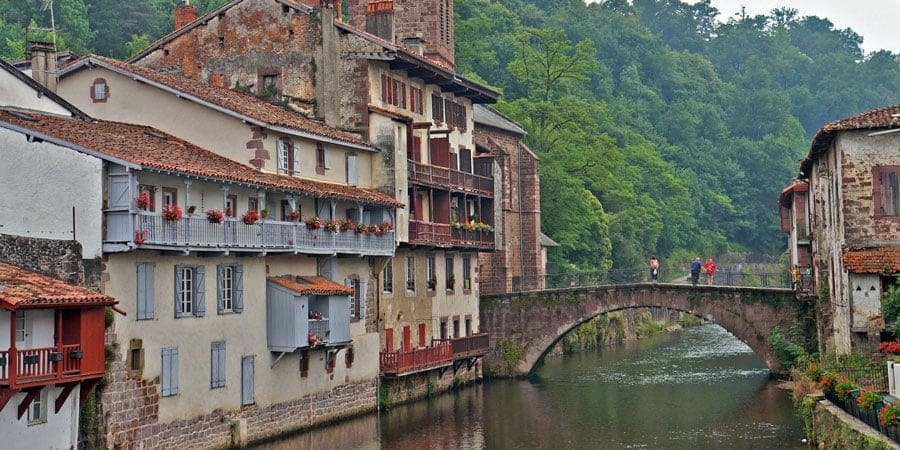
Camino Portugués (The Portuguese Way)
The peaceful Camino Portugués route starts in Lisbon or Porto and moves north through Portugal into Spain.
Key Stages of the Portuguese Way:
- Lisbon to Santarém – A quiet start through countryside and farmland.
- Santarém to Coimbra – Follows the River Tejo through rolling fields.
- Coimbra to Porto – Combines city walking with forest paths.
- Porto to Tui (Coastal or Central) – Choose between coastal breeze or inland charm.
- Tui to Santiago – This final stretch through Galicia is full of eucalyptus forests and lively towns.
The Portuguese Way is known for its warmth, both in climate and hospitality.
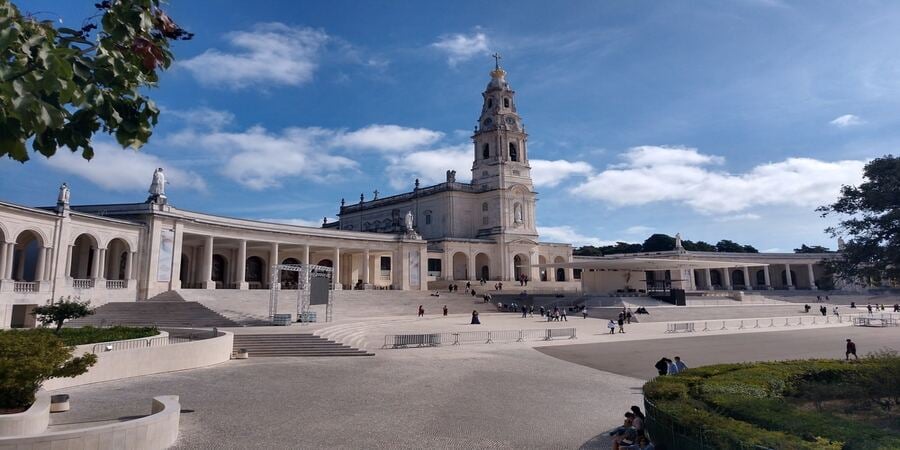
Camino del Norte (The Northern Way)
The Camino del Norte is a coastal route with dramatic views, beginning in San Sebastián and following the northern coast of Spain.
Key Stages of the Northern Way:
- San Sebastián to Bilbao – Coastal cliffs and artistic culture.
- Bilbao to Santander – City and sea, with beaches to rest your feet.
- Santander to Gijón – Lush landscapes and peaceful villages.
- Gijón to Ribadeo – Forested trails and sleepy hamlets.
- Ribadeo to Santiago – The inland finish through Galicia’s countryside.
This route is more challenging but offers unforgettable scenery, incredible dining and fewer crowds.
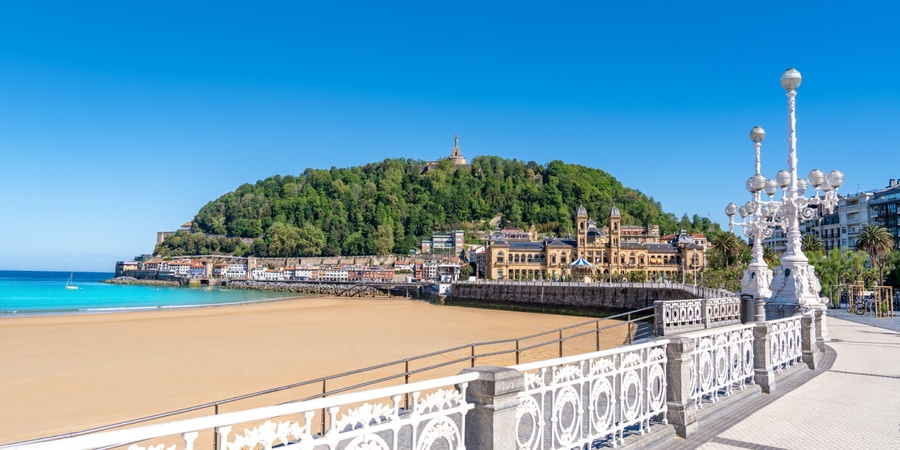
Camino Inglés (The English Way)
The Camino Inglés is a shorter route traditionally taken by pilgrims arriving by boat from England, Ireland and other northern countries.
Key Stages of the English Way:
- Ferrol to Pontedeume – Walks along the Atlantic coast.
- Pontedeume to Betanzos – Rolling hills and river crossings.
- Betanzos to Hospital de Bruma – The most demanding stage, steep in places.
- Hospital de Bruma to Sigüeiro – Forest trails and small hamlets.
- Sigüeiro to Santiago – The final stage into the holy city.
Ideal for pilgrims short on time, this route still brings deep satisfaction.
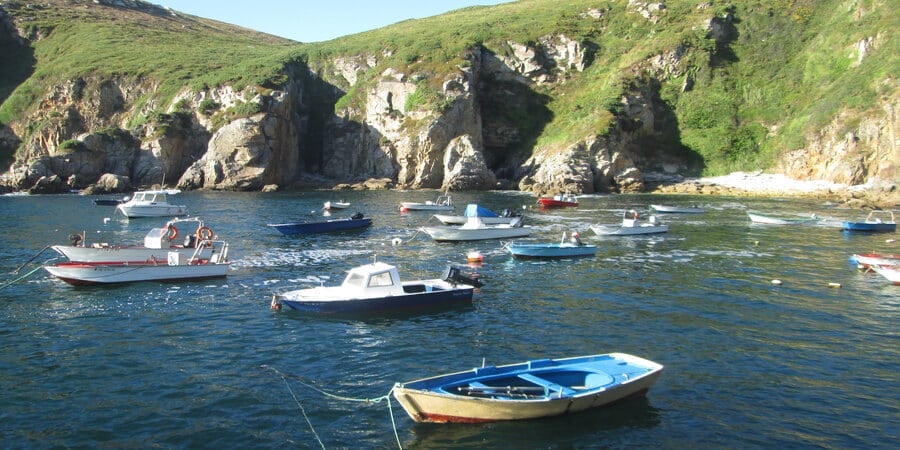
Planning Your Walk Around the Stages
Understanding the Camino de Santiago stages makes planning easier. You can decide how many days you need. You can choose when to take rest days. If walking the full route isn’t possible, consider undertaking the final 100km. This allows you to earn your Compostela certificate and experience the joy of arrival in Santiago de Compostela.
Here are some tips for planning:
- Start slowly: Begin with shorter stages and build up.
- Rest regularly: Every 5–7 days, plan a rest day.
- Be flexible: Weather, injury, or mood may change your plan.
- Use a guidebook: It helps track stages, distances, and towns.
Remember, the Camino is not a race. Each stage is a chance to slow down and enjoy the journey. You don’t need to complete an entire route in one go, you can return multiple times and set off from where you finished. *Tip: Use our Camino Planner to customise your quote based on your preferred starting stage.
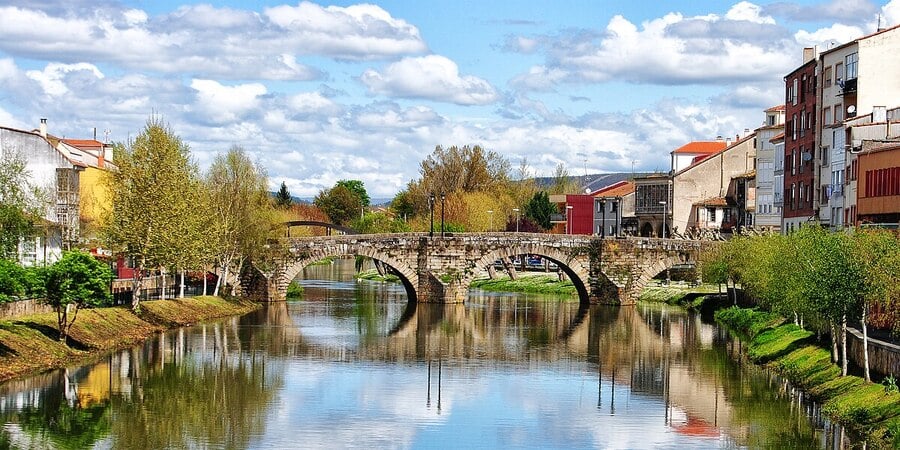
What to Expect on the Stages
Each stage brings something new. Expect to walk 4–7 hours a day. Terrain varies from mountain paths to city streets. Along the way, you’ll find cafés, churches, fountains, and scenic viewpoints.
Daily Routine
Most pilgrims wake early. Walking in the morning avoids the afternoon heat. Lunch is enjoyed in a village café or as a picnic. Arriving mid-afternoon allows time to explore the town, wash clothes, and rest.
You’ll meet other pilgrims, share stories, and find support. This is part of the magic of the Camino.
Accommodation
There are many accommodation options for every budget and comfort level:
- Albergues: Shared dormitories, often for pilgrims only. Many pilgrims will opt for this for the ‘authentic’ Camino experience. Many cannot be booked and operate on a first-come, first-served basis. Unfortunately, we do not offer Albergue as an accommodation option.
- Hotels and Guesthouses: Comfortable with full services. Consist of private rooms with en-suite bathrooms and a warm, pesonalised service. These are offered as part of our Standard Collection.
- Casas Rurales: Country cottages or farm stays, usually unique boutique properties restored by their owners. Set in rural areas and offer superior comfort in a rustic setting. These are offered in our Country Cottages Collection on selected routes.
- Paradores: Provide the ultimate luxurious experience. Usually housed in historic buildings like castles or monasteries, they offer a unique blend of history and comfort. These are offered in our Superior Collection.
It’s wise to book ahead in busy months, especially on popular stages as rooms fill up quickly.
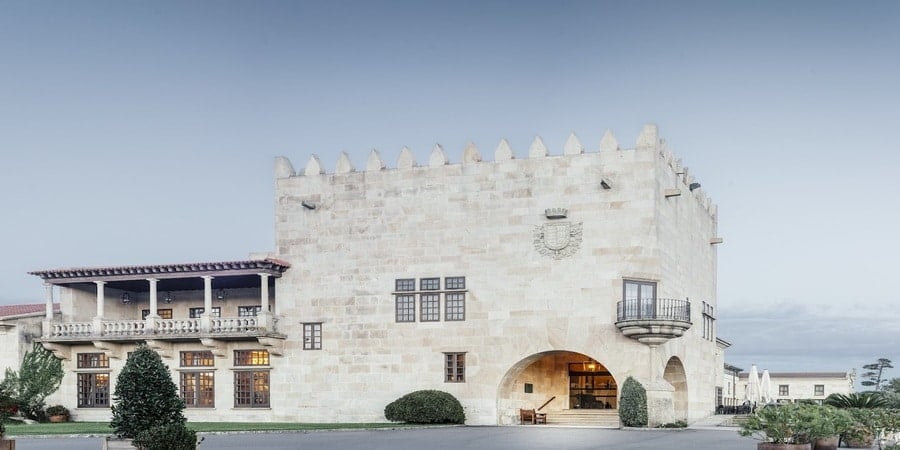
Why the Stages Matter
The Camino de Santiago stages give rhythm to your journey. They allow your body to adjust to the walking. They give your mind space to wander and reflect. Each completed stage brings a sense of achievement and purpose.
These stages also shape your memories. One day, you may walk through a foggy forest. The next, you’ll pass sunlit vineyards. You’ll sleep in towns with ancient histories, and greet locals with warm smiles.
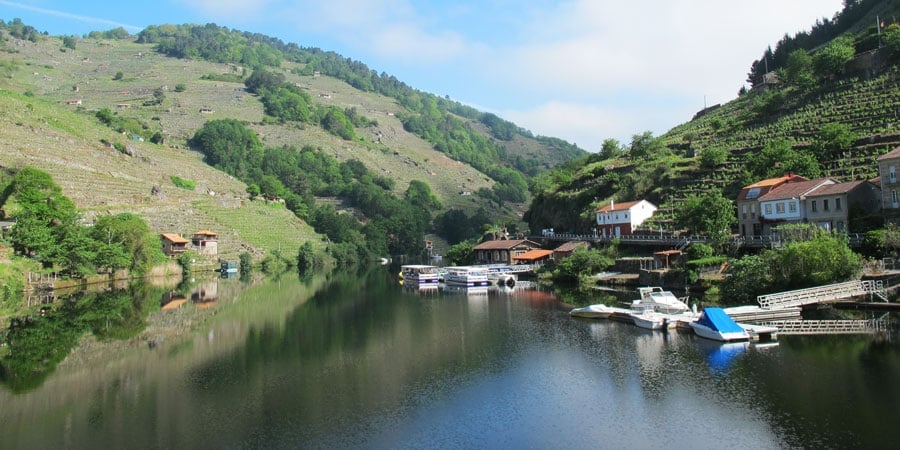
Walking the Camino is not only about reaching Santiago de Compostela. It’s about the journey, the small moments, and the people you meet. The Camino de Santiago stages help you live the experience fully, day by day.
Each stage is like a chapter in your personal Camino story. Whether you walk for one week or one month, every step counts. The stages make the impossible feel possible. With each sunrise and each footstep, you get closer to something special—something meaningful and lasting.
For more information about the Camino de Santiago routes or to book your trip, contact us. Plan your trip effortlessly and get an instant quote with our Camino Planner.
FAQs About the Camino de Santiago Stages
Q: How long is each stage of the Camino de Santiago?
A: Most stages are between 20 and 25 kilometres (12 to 16 miles), which is a comfortable daily distance for most walkers.
Q: How many stages does the Camino de Santiago have?
A: It depends on the route. The Camino Francés, for example, has around 33 stages from Saint-Jean-Pied-de-Port to Santiago de Compostela.
Q: Can I walk just part of the Camino?
A: Yes. Many pilgrims choose to walk the final 100km from Sarria to Santiago to earn their Compostela certificate.
Q: Do I need to book accommodation in advance?
A: It’s recommended, especially during peak months. CaminoWays offers handpicked hotels and guesthouses along all routes.
Q: What is the easiest Camino route to walk?
A: The Camino Portugués and the Camino Inglés are among the easiest, offering gentler terrain and shorter distances.
Q: What’s the best way to plan my Camino stages?
A: Use our Camino Planner to customise your route, accommodation, and daily stages according to your fitness and time.
